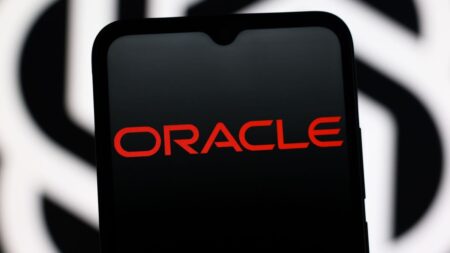Welcome to the AI Ecosystem Report, featuring practitioner analyst and entrepreneur Toni Witt. This series is intended to deliver the timely intelligence about artificial intelligence (AI) you need to get up to speed for an upcoming client engagement or board meeting.
Ask Cloud Wars AI Agent about this analysis
Highlights
Innovation (00:50)

Arizona State University (ASU) has become the first higher education institution to collaborate with OpenAI. It’s looking to integrate ChatGPT Enterprise more deeply into the school’s programming. There are three key areas ASU will be implementing this:
- Enhancing the student learning experience
- Forging new avenues for innovative research
- Streamlining organizational processes
On a technical and scientific level, ASU has conducted significant research and created initiatives around AI. The administration’s perception of this new technology and the openness to AI in teaching practices and across the university’s operations are notable in higher education.
This partnership will be a learning experience for OpenAI. It will have to learn the unique needs and requirements of a large educational institution and be able to cater to that market in the future.
Funding (04:48)

Focused on marketing automation, Blueshift is a software company that uses AI to provide more and better data-driven customer engagement across various platforms. It recently gained $40 million in growth investment.
Over the past few years, Blueshift has been working on advancing AI in the marketing automation field. More specifically, it’s trying to solve problems around the difficulty of personalizing your marketing. Blueshift’s platform uses generative AI to craft unique marketing assets and copy, then provides smarter suggestions on when and how to target specific audience segments.
Solution of the Week (07:11)
Vicarius is building a copilot for cybersecurity, aiming to automate vulnerability remediation. ChatGPT defined vulnerability remediation as referring to the process of identifying, addressing, and mitigating vulnerabilities in a system, application or network. It recently raised $30 million to continue its innovative AI efforts.
Vulnerability remediation has a couple of sub-processes:
- Assessment — identifying and assessing vulnerabilities in the system
- Prioritization — defining the severity and potential impact of the vulnerabilities
After assessing and prioritizing the vulnerabilities, organizations can apply patches, modify system configurations, or implement other security measures. It’s important to monitor and test the measures throughout the security processes. Reviewing this process, it’s evident that there’s room to automate.
The company launched a text-generating AI copilot tool called vuln_GPT to help write system breach detection and remediation scripts. This is backed by the Vicarius community of cybersecurity experts who review the scripts, contribute to forums, and provide customer service support.











